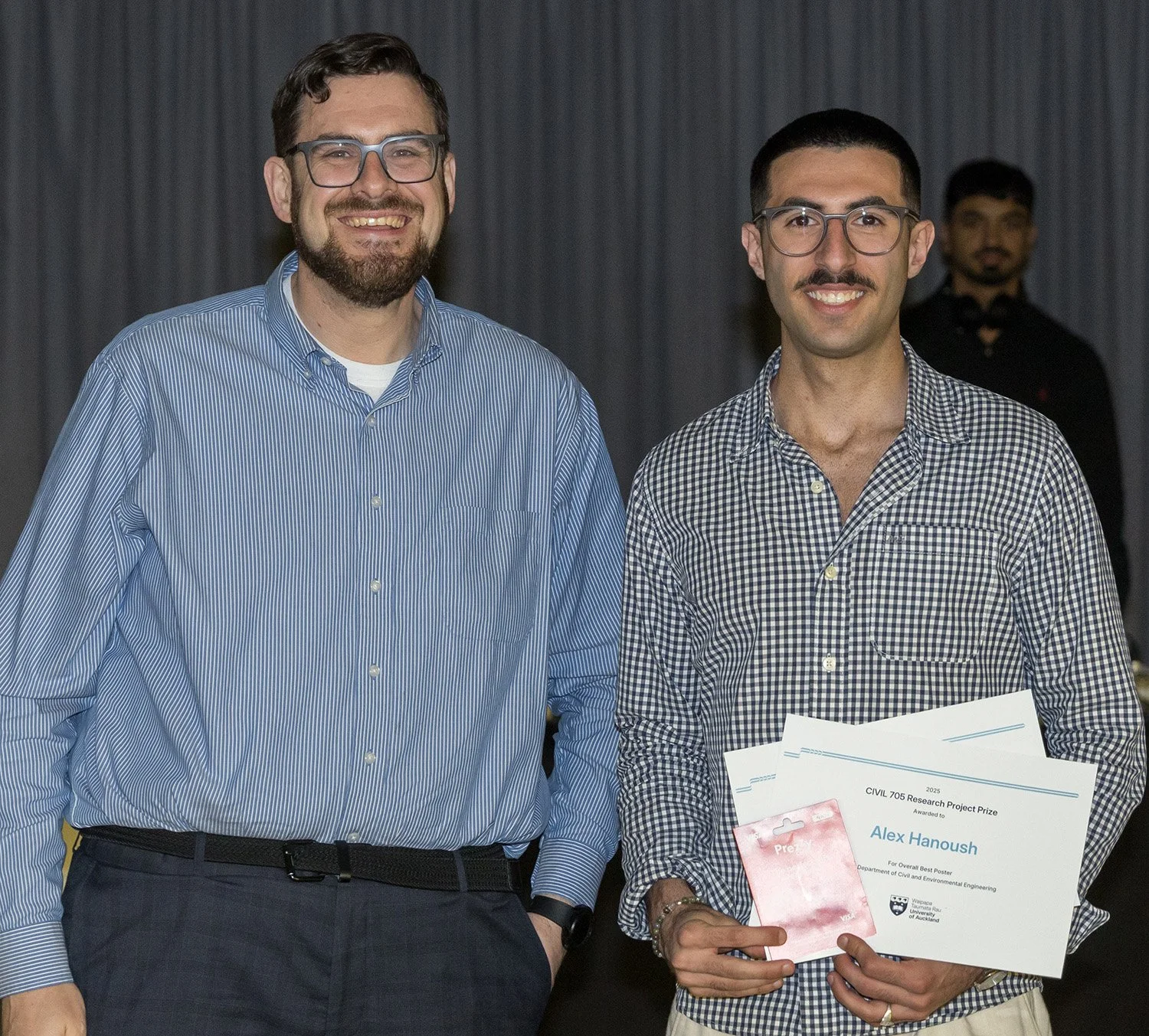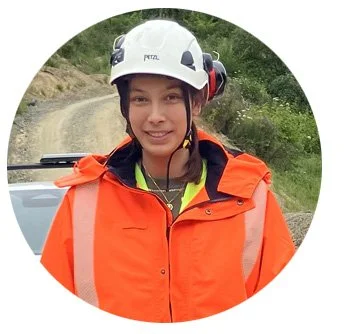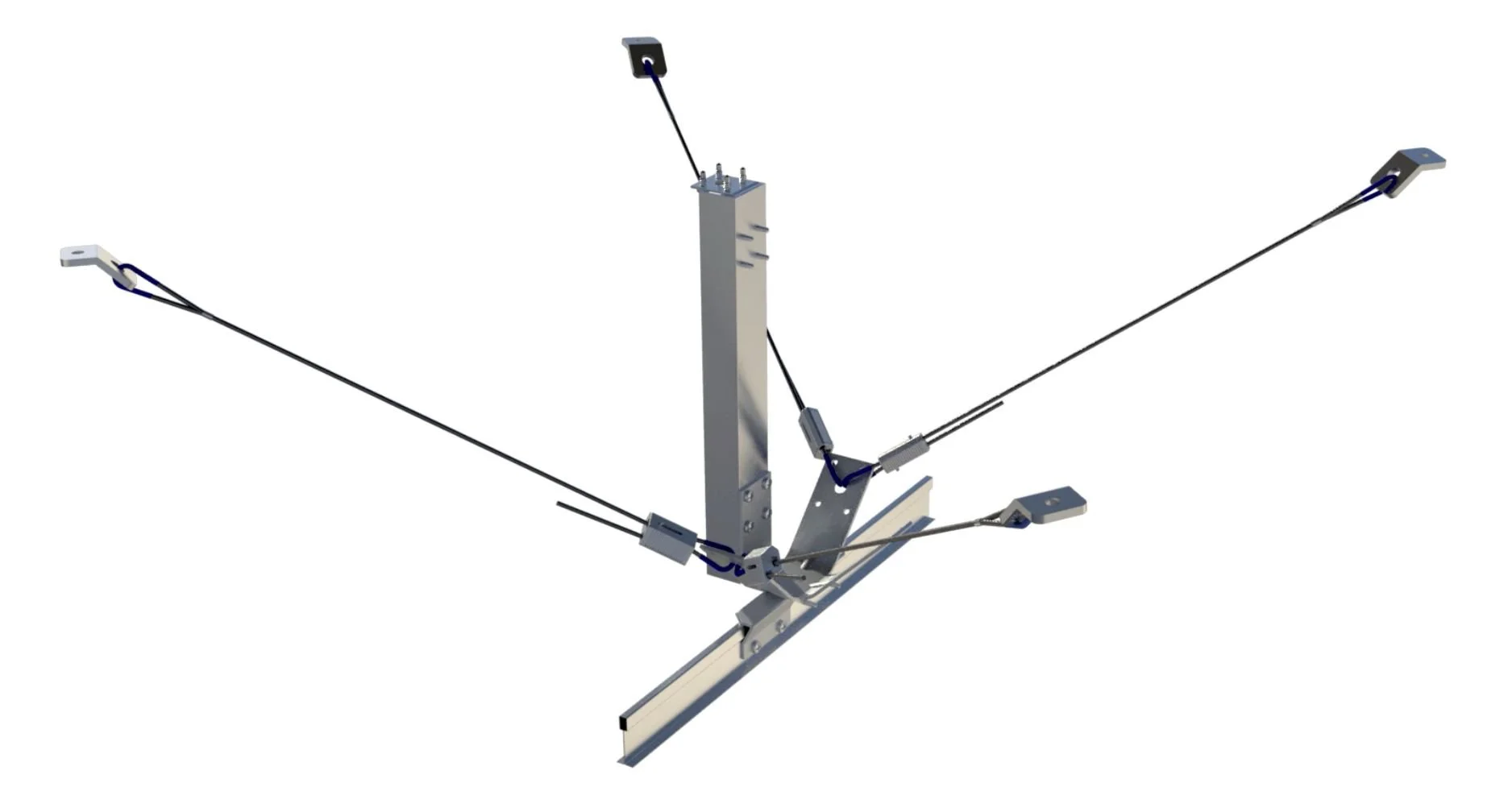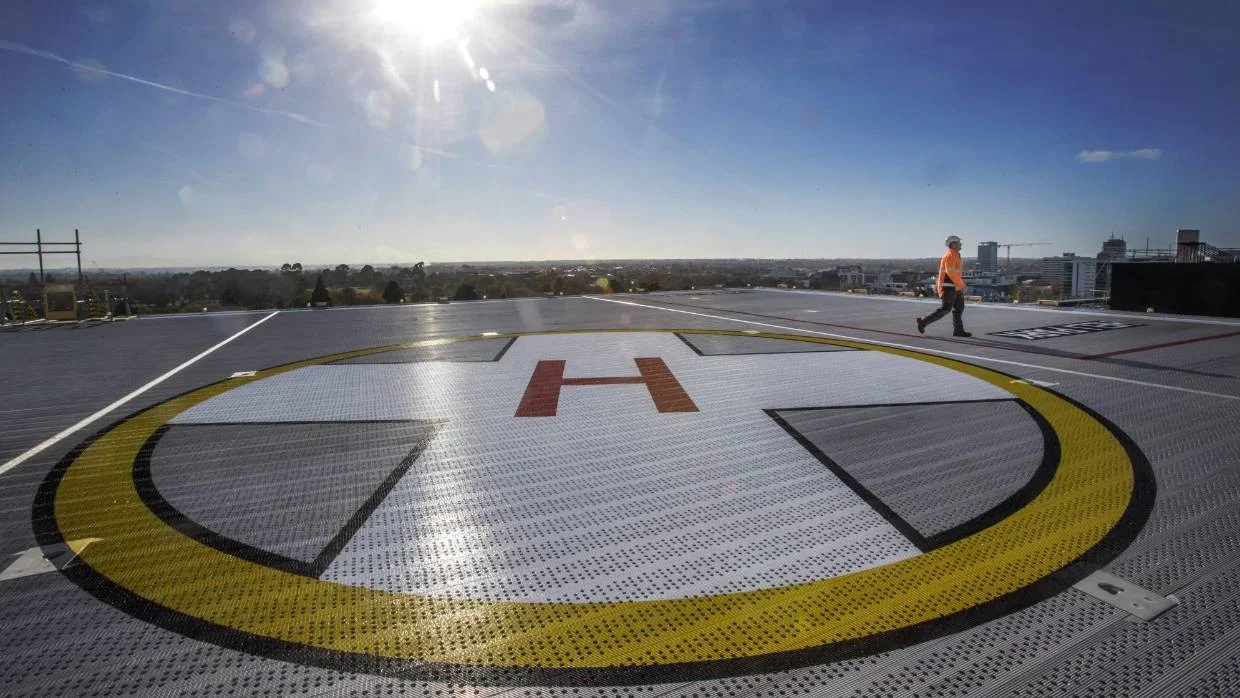Celebrating the Next Generation of Engineering Excellence
At TRACKLOK®, we’re proud to play our part in shaping the future of engineering - not only through our tested and trusted seismic systems, but also by investing in the people who will carry our industry forward.
Today, we’re celebrating two exceptional members of our Plan Mark-Up Team, whose dedication, curiosity, and talent embody the future of our profession.
Congratulations Alex Hanoush
We’re thrilled to recognise Alex Hanoush from our Plan Mark-Up Team (plans@tracklok.com) for his recent academic achievements at the University of Auckland:
• Certificate of Excellence - 2025 Aurecon Construction Management Prize for the Part IV Civil Engineering Capstone Project as part of team Tūhono Wai.
• Civil 705 Research Project Prize - Awarded for Overall Best Poster in the Department of Civil and Environmental Engineering.
Alex now embarks on his next professional chapter with Beca, and we couldn’t be prouder. His journey with TRACKLOK® has been a reminder of why we believe so strongly in providing opportunities for young engineers to gain real-world experience.
Through our free plan mark-up service, offered at no cost to our customers, TRACKLOK® not only delivers value and expertise to the industry - we also provide a platform for emerging engineers to connect theory with practice. It’s one of the ways we quietly give back to the profession that supports us, helping build both better buildings and better engineers.
Welcome, Scarlett James
We’re also excited to welcome Scarlett James, the newest member of our plan mark-up team. Scarlett is currently studying for an undergraduate degree in Structural Engineering at the University of Auckland. Originally from Wellington, she brings strong analytical skills, a passion for seismic design, and a creative spark - she loves sewing in her spare time. We look forward to seeing Scarlett’s development as she applies her academic knowledge to real-world design solutions and continues her journey toward becoming a structural engineer.
Our Commitment
TRACKLOK® is proud to support both our customers and the next generation of industry leaders.
By maintaining our free plan mark-up service, we’re not only assisting professionals across New Zealand with efficient, compliant seismic solutions - we’re also funding the development of tomorrow’s engineers through hands-on experience and mentorship.
It’s an investment we’re proud to make - for the industry, for our partners, and for the future.
#FutureReady #SeismicDesign #EngineeringExcellence #TeamTracklok #SupportingYoungEngineers #GivingBack
































